In the world of baking, having a well-stocked pantry is like having a secret weapon. With the right ingredients on hand, you can whip up delicious treats at any time. But stocking your pantry is only half the battle. To ensure your ingredients stay fresh and ready to use, proper storage is key. In this guide, we’ll explore essential pantry staples for baking and delve into the best practices for storing them.
This guide should cover the basics of essential pantry staples for baking and how to store them properly. By stocking your pantry with these essential ingredients and storing them correctly, you’ll always be ready to tackle any baking project that comes your way. With proper storage, you can ensure your ingredients stay fresh and flavorful, resulting in delicious homemade treats every time.
FLOUR
- Flour is the backbone of baking, providing structure and texture to your creations.
- All purpose flour is one of the most used flour for baking. Transfer all-purpose flour to an airtight container and store in a cool and dry place away from direct sunlight and heat sources. All-purpose flour can last up to 6-8 months when stored properly.
- Whole wheat flour has a shorter shelf life due to its higher oil content, so use it within a few months. Whole wheat flour should also be stored in an airtight container stored at a cool and dry place away from sunlight typically lasting 4-6 months at room temperature.
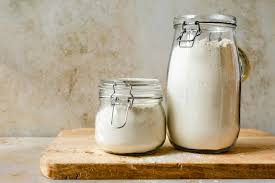
SUGAR
- Castor sugar, brown sugar and icing sugar – these sweeteners are essential for adding sweetness and moisture to baked goods. Keep sugar in an airtight container to prevent clumping and moisture absorption.
- To keep brown sugar soft, store it with a slice of bread and store in a cool, dry place away from heat and sunlight.
- Sugar can last indefinitely if kept moist and sealed properly.
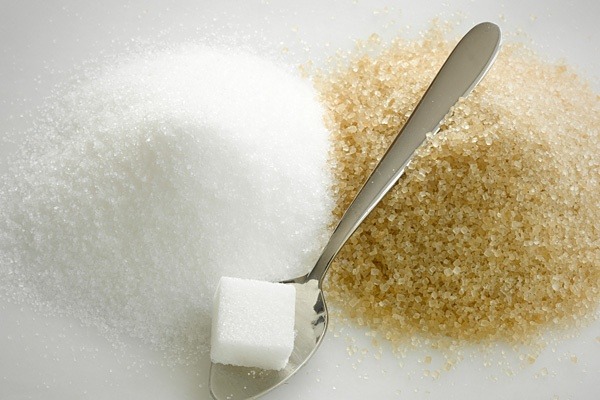
BAKING POWDER & BAKING SODA
These leavening agents are crucial for helping baked goods rise. Keep them tightly sealed in their original containers and store them in a cool, dry place away from moisture and heat. Check their expiration dates periodically, as they can lose their potency over time.

YEAST
- For bread and other yeast-based recipes, yeast is a must-have pantry item.
- Transfer yeast to an airtight container, such as a glass jar or a resealable plastic bag, to protect it from moisture and air.
- For long-term storage, store yeast in the refrigerator or freezer to prolong its shelf life. Make sure the container is tightly sealed to prevent moisture absorption.
- Before using yeast in a recipe, proof it by dissolving it in warm water with a pinch of sugar. If it becomes foamy after a few minutes, it’s active and ready to use.

CHOCOLATE
Whether it’s chocolate chips, cocoa powder, coverture chocolate, compound chocolate is a versatile ingredient in baking.
For coverture chocolate-
- Store couverture chocolate in its original packaging or transfer it to an airtight container to protect it from moisture and odors. Avoid exposure to direct sunlight, heat sources, or fluctuations in temperature.
- If couverture chocolate melts due to improper storage or handling, it can be remelted, tempered and used for baking or confectionery purposes.
For Compound chocolate-
- The best place to store compound chocolate is in a cool, dry, and dark environment, like a pantry or cupboard to prevent it from heat, moisture, and light. Compound chocolate typically has a shelf life of several months to a year if stored properly. Check the expiration date on the packaging for guidance.
For cocoa powder-
- Transfer cocoa powder to an airtight container and store it in a cool and dry place away from heat and sunlight. This protects cocoa powder from humidity, as moisture can cause it to clump or develop mold.
- Use clean, dry utensils when scooping cocoa powder to prevent contamination.
- Cocoa powder can be sifted before use to remove any lumps and ensure a smooth texture in baked goods and beverages.
For chocolate chips-
- Store chocolate chips in their original packaging if unopened, or transfer them to an airtight container if opened, This will protect chocolate chips from humidity, as moisture can cause them to become sticky or lose their shape.
- Store them in refrigerator so that they do not melt and loose their shape if kept in sunlight and heat.
- Handle chocolate chips with clean, dry hands or utensils to prevent contamination.

VANILLA EXTRACT
Pure vanilla extract adds depth and richness to baked goods. Store it in a cool, dark place, away from heat and sunlight. Avoid storing it near the stove or oven, as heat can cause it to lose its potency over time. For long-term storage, consider transferring it to a smaller bottle to minimize exposure to air.

NUTS AND SEEDS
From almonds to walnuts to sunflower seeds, nuts and seeds add texture and flavor to baked goods. Store them in an airtight container in the fridge or freezer to prevent them from going rancid. Bring nuts to room temperature before using to enhance their flavor.
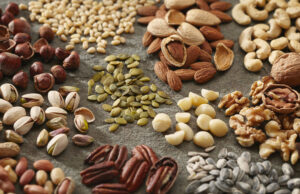
FRESH CREAM
- Fresh cream should be stored in the refrigerator at all times to prevent spoilage. Keep it in its original sealed container.
- Before using fresh cream, give the container a gentle shake to ensure that the cream is well-mixed and has a smooth consistency.
- Once opened, fresh cream should be used within a few days to maintain its freshness and quality.
- Always check the expiration date on the container of fresh cream before use. Use it before the expiration date to ensure optimal quality and freshness.
- I use d’lecta or amul fresh cream in my kitchen.
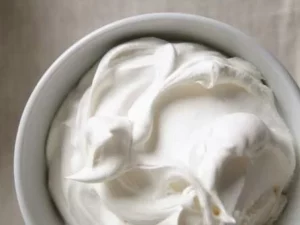
WHIPPING CREAM
- The whipping cream must always be stored in a deep freezer, to avoid contamination if kept in the open in ambient temperature.
- You will need to thaw it upto 75%, before use, leaving some ice crystals. This will ensure that the whipping cream is cold enough to promote proper whipping.
- Always scoop out the required quantity from the carton, for whipping. The remaining quantity can be retained in the carton, and after properly securing the carton, you can put it back in the deep freezer.


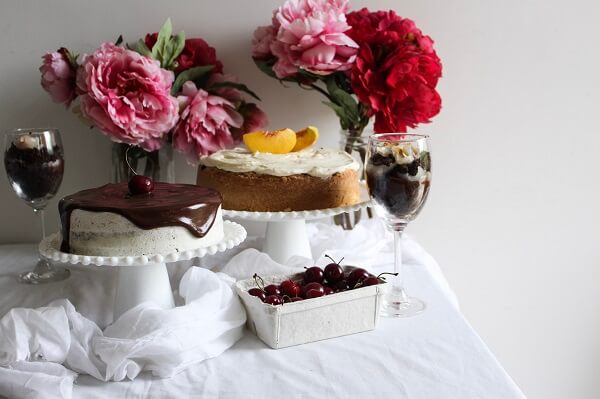 Hello. I'm Shivesh Bhatia, a food blogger and food stylist from Delhi, India. Welcome to Bake With Shivesh, where I'll help you create magic in your kitchens with my simple recipes.
Hello. I'm Shivesh Bhatia, a food blogger and food stylist from Delhi, India. Welcome to Bake With Shivesh, where I'll help you create magic in your kitchens with my simple recipes.
Leave a Reply